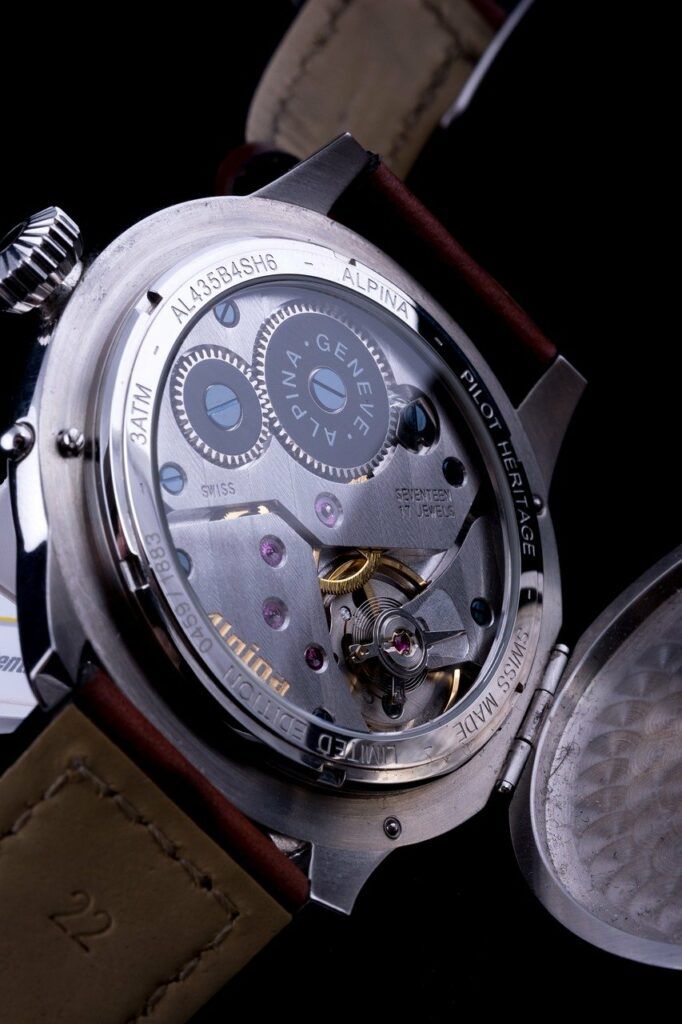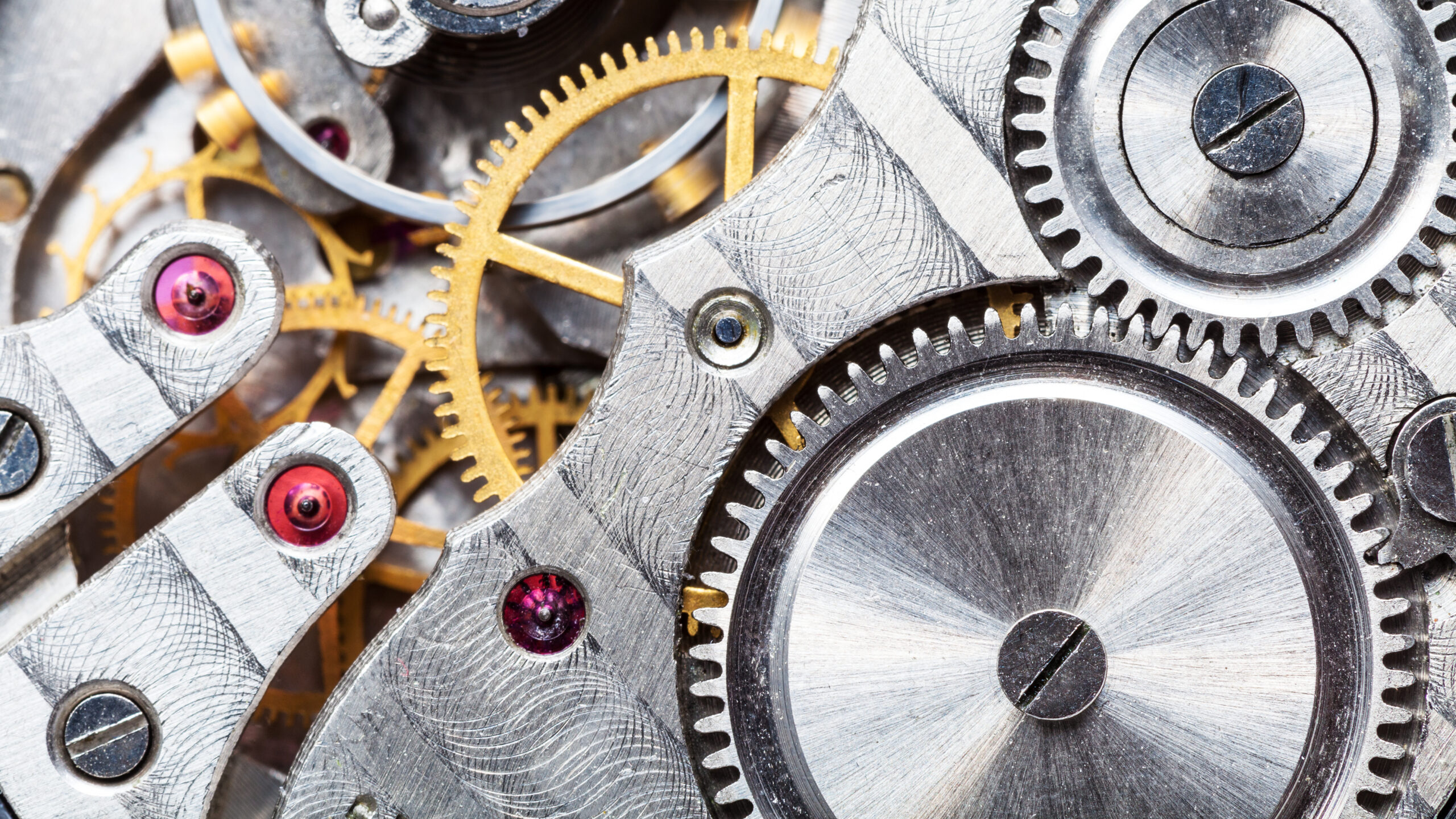If you’ve been looking for a new watch, you’ve probably noticed that manufacturers like to advertise how many jewels their watches have inside them.
And if watchmakers are making a point to tell us how many jewels they’re putting in their watches, does that mean that having more is a good thing?
Do nicer watches have more jewels and vice versa? What’s a jewel to begin with?
Well, I promise these aren’t rhetorical questions- we plan on discussing and answering all these questions in this guide.
Let’s start from the beginning.
What Is A Watch Jewel?
If you’re thinking of fine gem stones here, you aren’t entirely off. After all, in the early days of watchmaking, real gem stones or jewels were used to serve a purpose in the movements of watches.
And just to make sure we’re on the same page here- a watch’s movement refers to the internal mechanism that powers it.
Before quartz movements hit the market in 1969, all watches used mechanical movements, meaning that they were powered completely by wound springs and gears.
Winding the watch stores energy in a compressed spring, which is slowly released through the use of gears and wheels to power the watch.
I have a hard time imagining the precision and craftsmanship that must take place to design and build a functioning watch movement.
And that’s probably why I’m not a watchmaker.
But I can certainly appreciate the skill and I think it’s very interesting to learn about how the internal workings of a watch function.
But back to jewels.
A watch jewel, or jewel bearing, is used to reduce friction between moving parts inside the watch movement. As I mentioned briefly above, real precious jewels were used in early watches (starting in the 1700’s).
Rubies and sapphires were often used as bearings because they were very hard (wouldn’t break down with use) and they didn’t offer much friction to the moving components.
This sounds great, but because these natural jewels are so durable, it makes them difficult to cut and grind down to the right size.
Not to mention using actual gem stones inside the watch would significantly increase the cost of production.
Luckily, in the early 1900’s, a process was derived to produce synthetic rubies and sapphires (made out of corundum) that could be used in watches instead.
These synthetic jewels are just as hard and frictionless as the real thing, but significantly cheaper to produce and use. For these reasons, synthetic jewels are used in our mechanical watches today.
There are several different types and shapes of jewels used in watches. I don’t pretend to be an expert in watch movements and I can’t tell you what each specific type does inside the watch (sorry, that’s a little above my pay grade).
But, what’s important to know is that these jewels are used to keep the moving parts inside the watch from breaking down due to friction.
Synthetic jewel bearings act more smoothly than metal bearings, making for a more accurate watch movement that won’t be nearly as susceptible to wear and tear through the years.
And that’s really the gist of it.
Watch jewels have a name that might elicit illusions of grandeur, but in reality, they’re just a bearing used to keep your mechanical watch running smoothly.
But Is Having More Jewels A Good Thing?

If watch bearings were still made out of real precious stones, then I would say yes. In that case, having 21 tiny rubies inside your watch would be beneficial to say, having 17 tiny rubies because the extra jewels would add value to the timepiece.
But these days, watch jewels are synthetic, and synthetic jewels add no value.
If the jewels themselves add no extra value, you may be asking yourself why watchmakers make such an effort to disclose to us how many jewels are hidden under the case.
Well, I think it’s marketing more than anything else, but let’s dive a little deeper.
Since mechanical watches depend entirely on springs and gears to function, it makes sense that jewels would be more important for these types of watches (although some quartz watches use jewels as well).
How many jewels does a watch need to function?
Well, it turns out that watch that has a jewel in all the most important places (considered a “fully jeweled” watch) will have a total of 17 jewels.
Most high-end watches add a few additional capstones for improved accuracy, making 21 jewels a common number for time only watches.
Which brings up an important point- watches with more complications will have more jewels as well.
A complication is any function a watch performs other than telling time. These can include calendars, chronographs, days of the week, etc.
For a mechanical watch to perform these different complications, it’s going to need additional moving parts within its movement. And yup, more moving parts means more jewels to keep friction down.
Most high-end watches will have somewhere between 25-30 jewels, depending on how many different functions it comes with, but it’s not unheard of to see luxury timepieces with 70-100 jewels, or more.
So, to answer our question in a very roundabout way- no, having more jewels does not make a watch “better” or more accurate.
It doesn’t make a watch more valuable either.
Instead, the number of jewels a watch comes with is usually just dependent on the number of features it comes with. A watch with more complications will require more jewels.
Thinking about it this way, a watch with more jewels could be more valuable than a watch with fewer, but more so because of the complications.
Final Thoughts
That about does it. Watch jewels are just bearings used to reduce friction between moving components inside watch movements.
They come in different shapes and sizes (hole jewels, capstones, pallets, etc) depending on the movement, but their function is the same- to keep the watch running smoothly and accurately without breaking down.
The number of jewels a watch has really depends on how many functions it can perform- the more complications a watch has, the more jewels it will need to keep everything running smoothly.
Having more jewels does not make a watch nicer!
Most quality automatic watches will come with at least 21 jewels. The way I see it, as long as my watch has at least this many, I’m satisfied.

